This as a future big post
It could be a deep discussion about SIDEWALKS and the complexity of them that needs to be understood and then has to become the future for communities of all kinds...
all our posts have some presence in theis discussion...It's Sidewalks stupid...
Back to the future to create the future we want
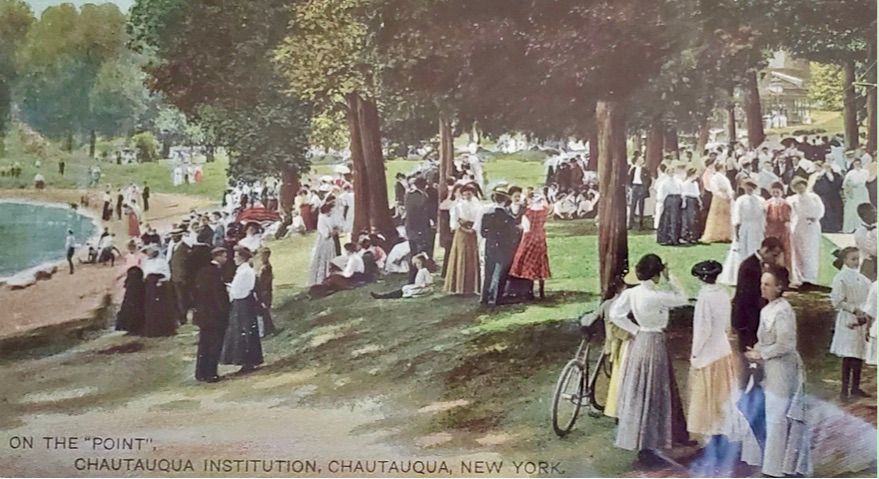
Communities we want vs the communities we are getting
A few communities are showing us how to do it : New Haven showing signs, Saratoga Springs, Hammondsport, Chester, Woodstock
Waterfronts: Camden, Wolfeboro, Mystic, New Hamhshire/Maine border town,
Communities with small changes that could get it
The car culture and the "requirements" that it imposes to be part of it, is that you are no longer a social person. You are a car person, meaning your attention has to be focused on driving, especially on highways and major roads. That is the decision that has been made for 99% of cities and towns we have visited over the years. Being casual and trying to interact is difficult at best. Paying attention to what might be interesting while going through small towns or even neighborhoods is problematic at best
Topics that we can discuss:
- Highway expansions don't actually ease traffic due to induced demand (various cases have demonstrated this). They cost billions to make, their development destroys communities, and yet they are simply unsuccessful at doing what they set out to.
- Sprawling development that disconnects everyone and everything necessitates wildly expensive car infrastructure which comes with wildly expensive maintenance costs. Having to pay for it bankrupts our towns and cities.
- Long commutes have been shown to significantly decrease health and wellbeing, physically and mentally. They lead to less physical activity, less time with loved ones, less time to relax, more money that must be invested in gas and car repairs, etc.
- There are approximately 40,000 deaths from car crashes in the US per year, largely because the average American is forced to drive so much due to the design of their environment. Also, because of the design of the streets - wide, straight streets with nothing happening at the periphery, make drivers feel safe driving faster, which leads to accidents. Having narrower streets with more visual friction such as sidewalk life, street trees, etc. communicates to the driver that speeding isn't safe which leads them to naturally slow down (no need for explicit instruction like speed limits to force them to do so).
- The amount of space dedicated to streets and car infrastructure such as huge parking lots is space that is taken away from social life. When car space is transformed into pedestrian space, communities thrive.
- Not only that, but when car space is transformed into commercial space, communities prosper economically. So much of our country's land is covered in parking lots that could otherwise be developed into enjoyable and successful businesses. Not to mention more housing, social places like plazas and parks, and landmarks to attract visitors. Our car infrastructure is like a cancer that is replacing healthy uses ("cells") and gradually killing our towns, cities and nation.
- Cars are not the only way to get around. Public transport options such as trains, trams and buses with reliable frequencies can be and are incredibly successful at getting people to their destinations and are much cheaper, safer, quieter and more pleasant (because you don't have to focus on the road and can even work/relax/play while using public transport). Investing in bike infrastructure is also a way to support private/individual mobility that isn't car-centric. Countries like Denmark that do so are among the happiest and healthiest in the world.
- The terrible environmental impacts all of this car infrastructure and driving has

Not right, but edited and put into sections and then reaching out to our network
1) Roadways — Great streets prioritize walking, strolling, window shopping and have few lanes for traffic. A few of the best have no curbs, which sends a message to pedestrians that the streets are theirs. Some use bollards which can function as props for activities like leaning on while carrying on a conversation, etc.
2) Storefronts Turned Inside-out — Storefronts feature big windows or fully open fronts showing their wares, with merchandise/food displays often spilling out directly onto the sidewalk. This leads to pedestrians engaging with stores which benefits both the stores and the people who have something interesting on their route to interact with.
3) Mix of Uses — There is a variety of stores and businesses, particularly ones open at different times (weekdays, weekends, seasonally) to ensure things are lively from morning to midnight, which is key to the social success of a street throughout the day.
4) Human Scale — The buildings are generally two to six stories at the street level with housing or offices upstairs. At this height, even the top floors can interact with the street. Ground floors can have cafes, markets, shops and other businesses that welcome the general public, creating a vibrant street life.
5) Amenities - From seating to historic signs, bollards that provide an appreciation for a special district and Public Art in the form of murals and building features that add to a larger identity.
6) Distinctive Signs and Lighting — This helps highlight the unique identity of any size street.
Warning! Benchmarks we don't want to become
The Katy Freeway at an intersection with the Sam Houston Tollway in Houston. The freeway, with 26 lanes, is one of the widest highways in the world
Historic discussion: Cross roads to major intersections
Car culture has defined much of our recent past and continues unabated.
The underlying reason for this warning is that we are becoming a car culture that has enormous consequences on all aspects of our life here in Delray.
We have to decide if we want to be defined by the needs of vehicles or by a sense of place throughout the entire city. Clearly the "car culture/agenda" has won and is continuing in many ways, some very subtle and some not so.
We believe that we can go back to the future to create a village like feeling in ways that we can grow, but with a vision that we all want for the future
So we will start with the Car culture that is gradually destroying our community and neighborhoods.
We have a quote that transportation professionals do not like. But for 40 years we have been trying to work with them, to no avail. They pay us lip-service, so we start with, "Whatever a traffic engineer says, do the opposite and you will be building your community."
Recently, The Chairman of Volkswagen quoted us and our work, and Jane Jacobs has a quote that resonates with us as well.
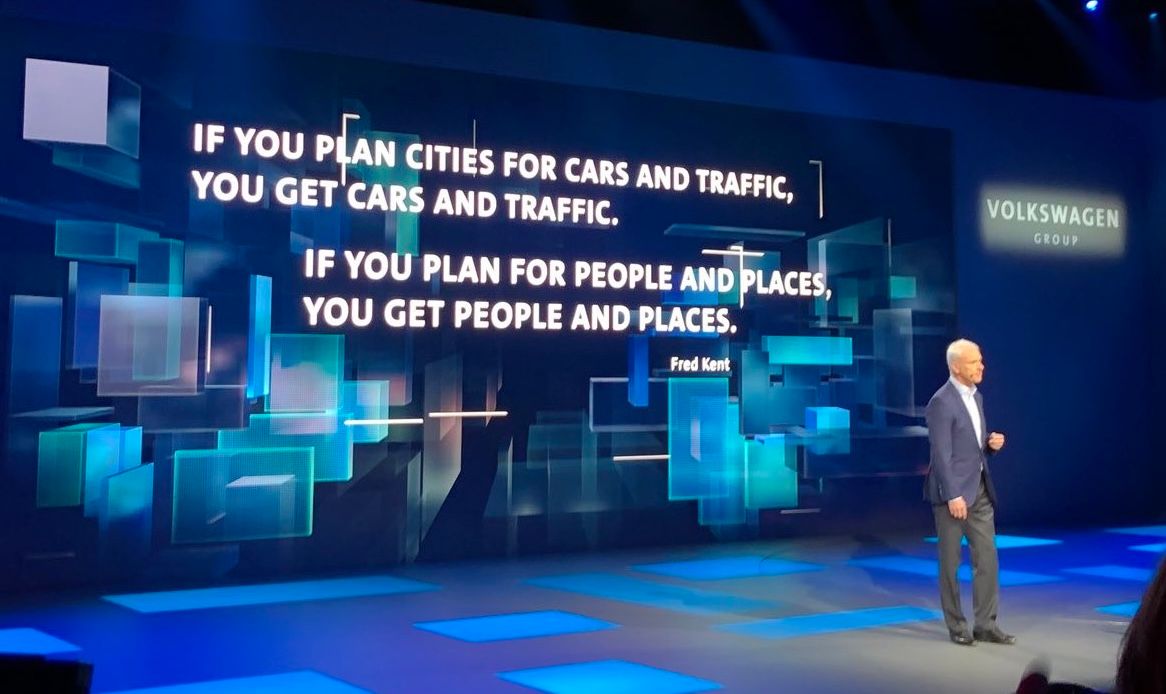
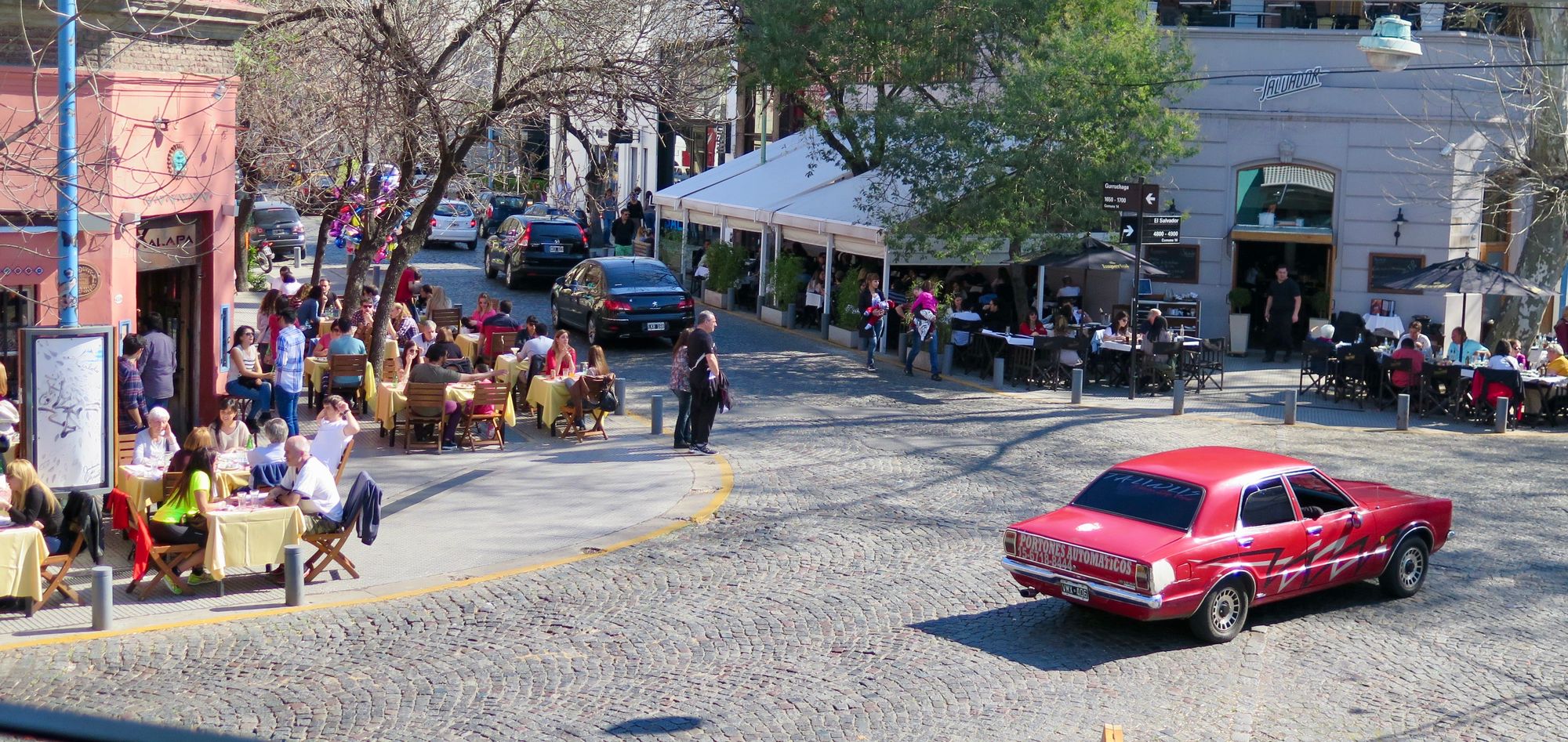
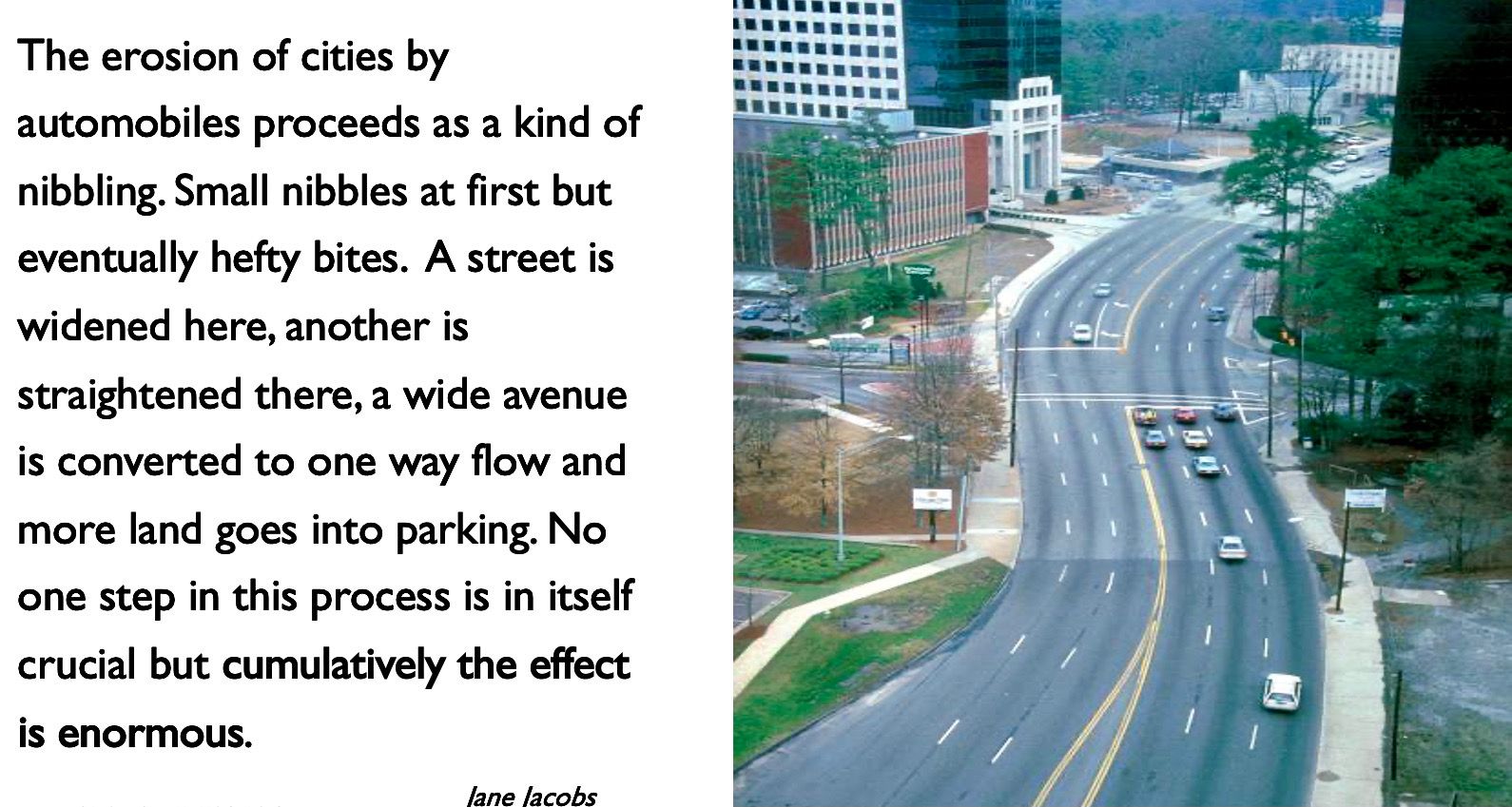
Some background - Shifting the Discussion
For over 50 years we have been challenging the Transportation/road building/car culture to the extent that, back in 2009, when we lead Project for Public Spaces (pps.org), we wrote an article,, "The United States Transportation System Revealed to be a Giant Ponzi Scheme".
Another milestone was two years ago, after many years trying to change transportation using the term, "Streets as Places", we decided to be more aggressive by changing our approach by using the phrase,, "We need to Turn Everything Upside Down, To get it Right side Up; To get from Inadequate to Extraordinary"
This "upside down approach" set us up to really be much bolder and possibly to some, outrageous by writing a post, "Its the Sidewalks, Stupid". That idea then morphed into, "To save the Planet, Start with the Sidewalks".
Now we are using another tactic. We are focussing on an even bolder plan to change systemically the idea of how streets function by the simple idea of "Let's Put a Bench on Every Corner". Then starting in a few weeks, we are launching a global campaign, To Put a Bench on Every Corner. This will be a major program led by our global network, Placemakingx.org.
Placemakingx is a network of placemaking thought leaders, public space activists, regional network leaders, and professionals from all over the world. We have diverse experiences and backgrounds but share a common purpose. PlacemakingX is currently formed by 100+ leaders and 1,500+ advocates from 85+ countries around the world.
A Delray Neighborhood
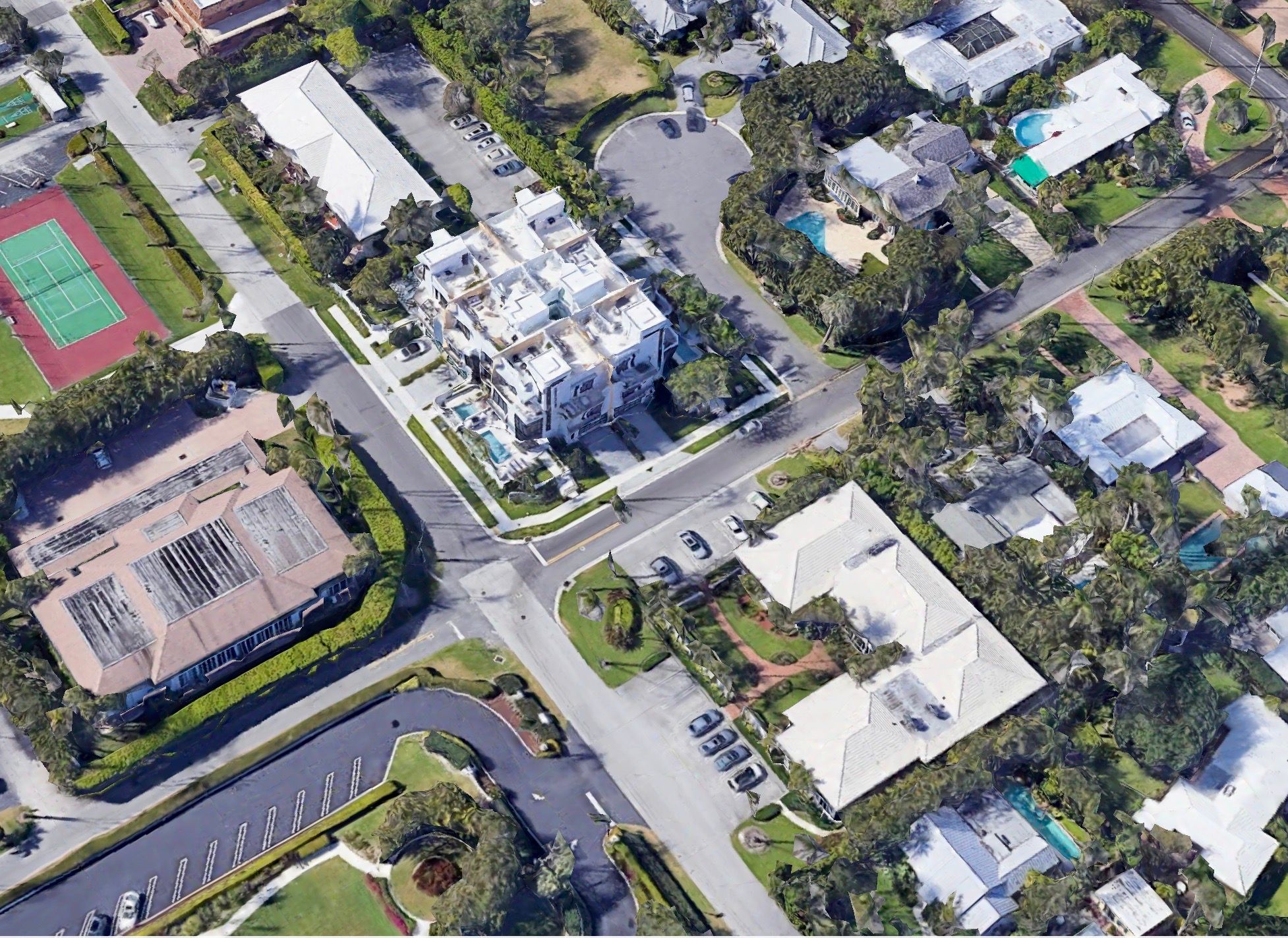
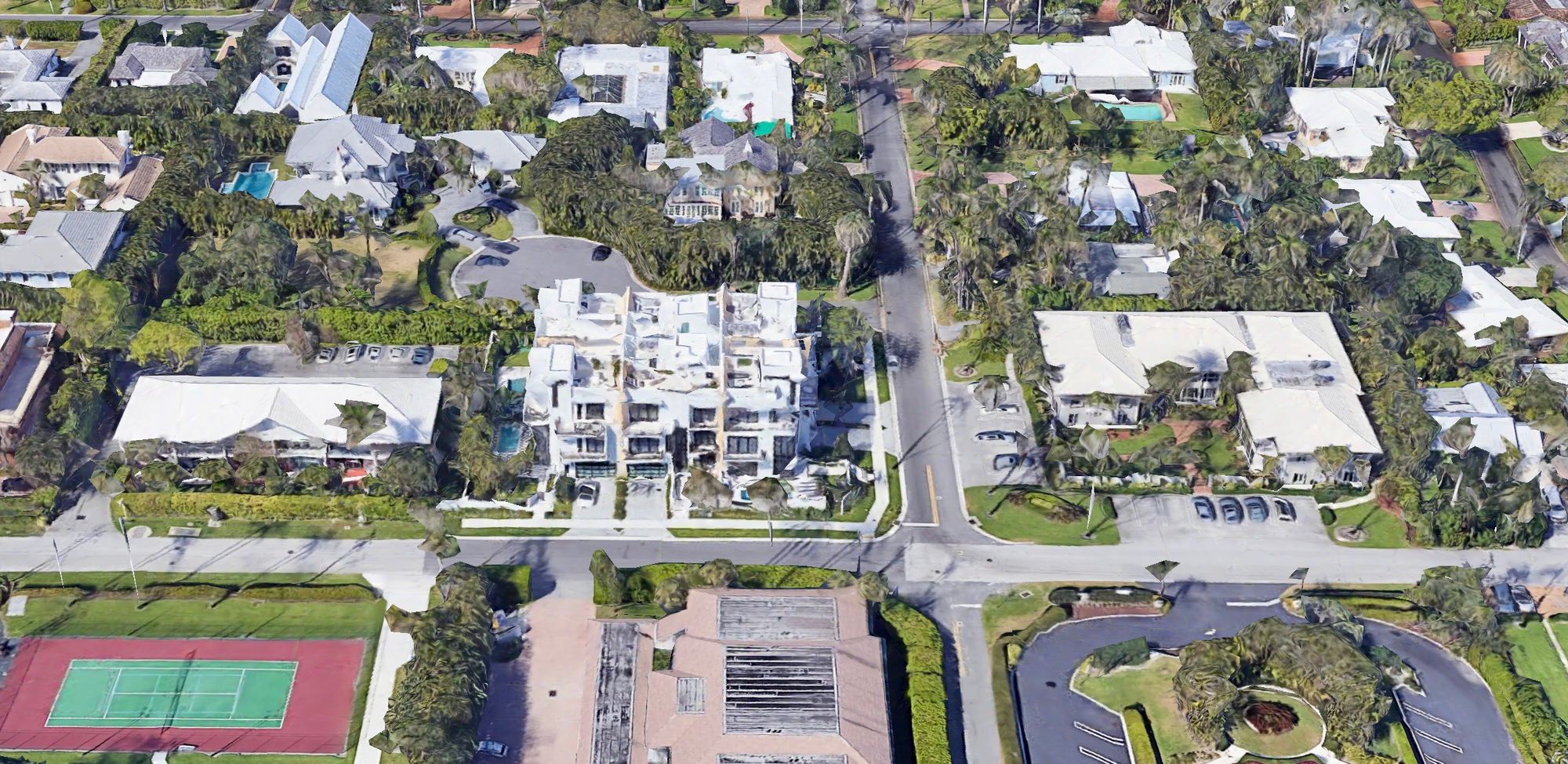
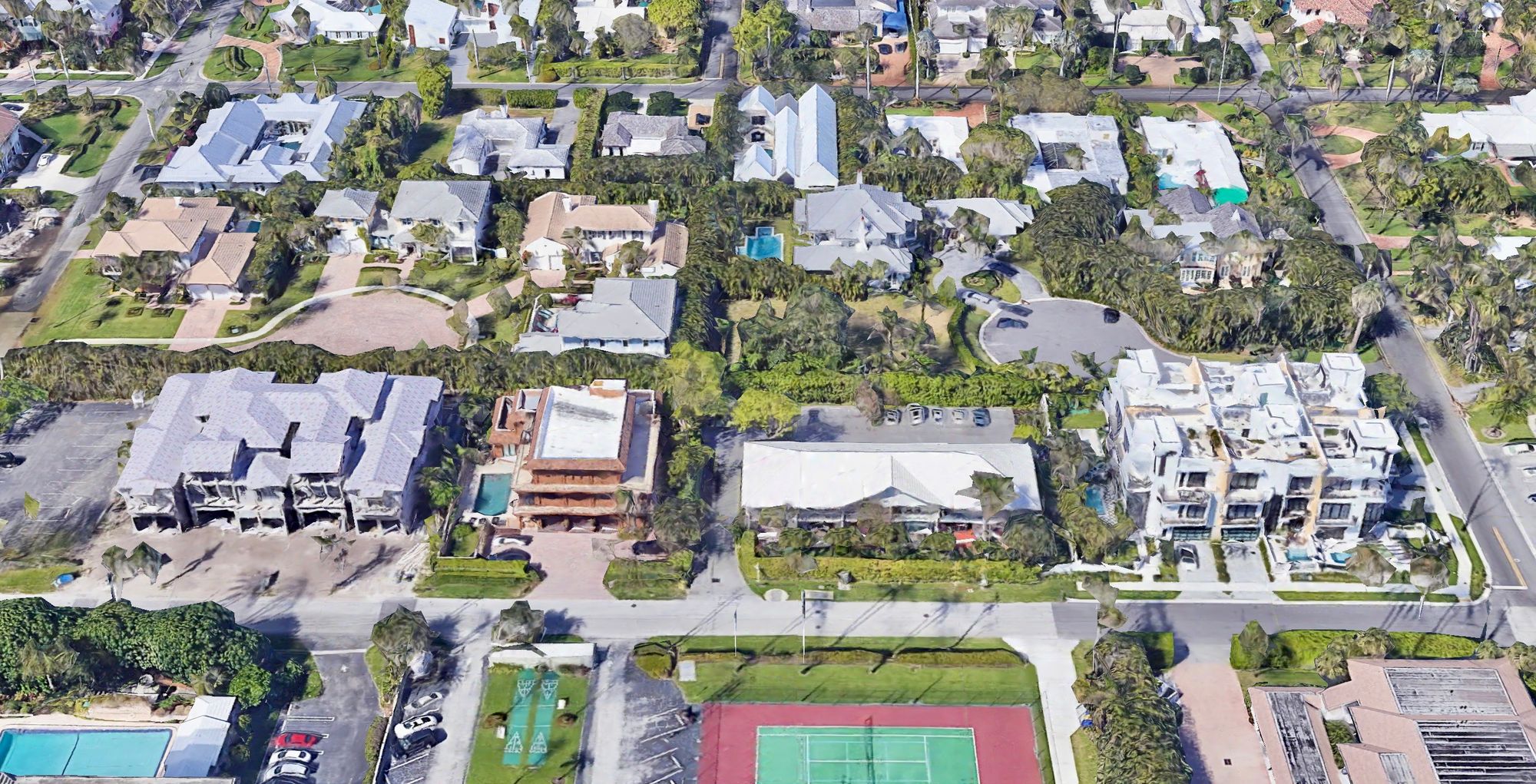
In Delray Beach, Kathy's family built and owned one in Delray beach on the corner of family owned the two lots below, the one with apartments lining the street with parking behind and the corner lot with 4 double (for 8 car) garage doors facing the corner on both streets. Originally it was the mirror image of the one across the street.
Neighborhoods being invaded and defined by Garage Doors
Developers who specialize in building overpriced, luxury houses with garages lining streets replacing historic cottages and open clusters of community housing, are selling Delray's reputation but not leaving any value behind.
It has gotten so bad that we are thinking we need to reinstitute an older strategy that had a big impact in other communities where we applied it...The Hall of Shame. It will list developers who create entire streets and intersections of garages, or the entire ground floor is garage space. It leaves entire neighborhoods such as many of the high-rise buildings along both directions of Federal and in parts of This infestation is unconciousable. high-riseable in most communities and is running rampant here in Delray, especially on the land between the inter-coastal and the ocean. But it is not just destroying beautiful neighborhoods, but the same attitude is pronounced, especially in new developments of high-rise housing and hotel chains that are building soulless chain Hotels that take away from Delray but don't add anything in return. These are advertisements for hundreds of lots where once historic houses above have been replaced by developments with garages.
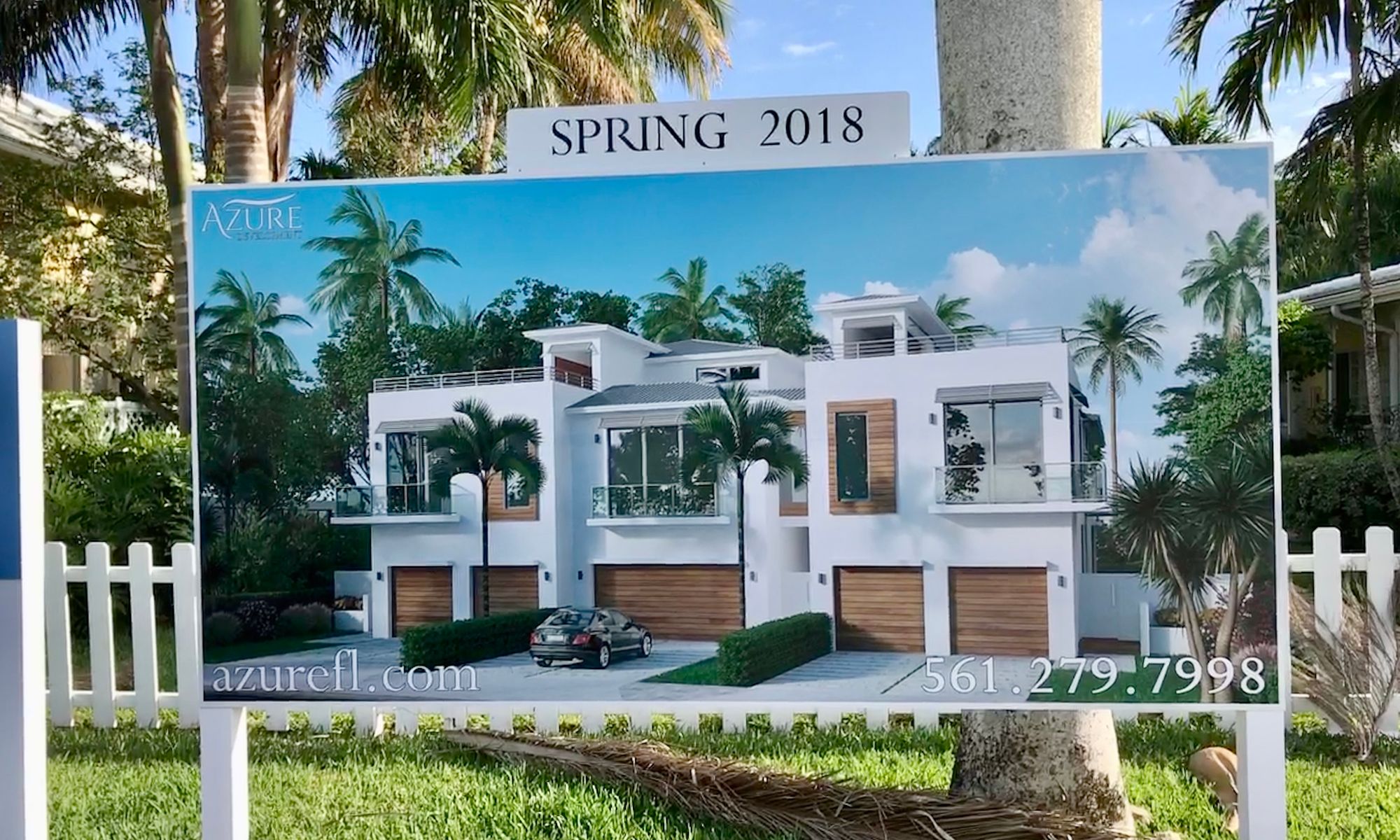
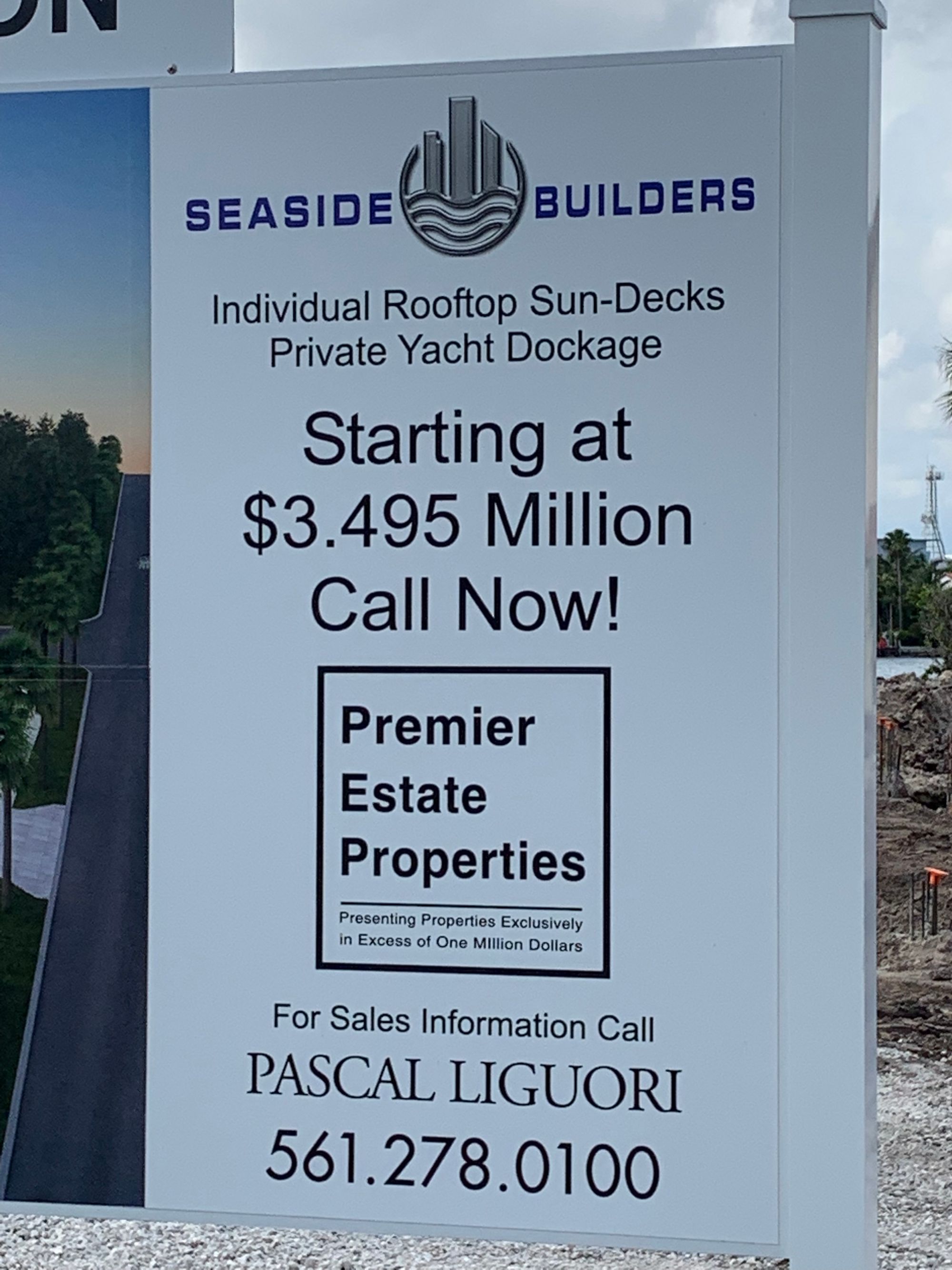
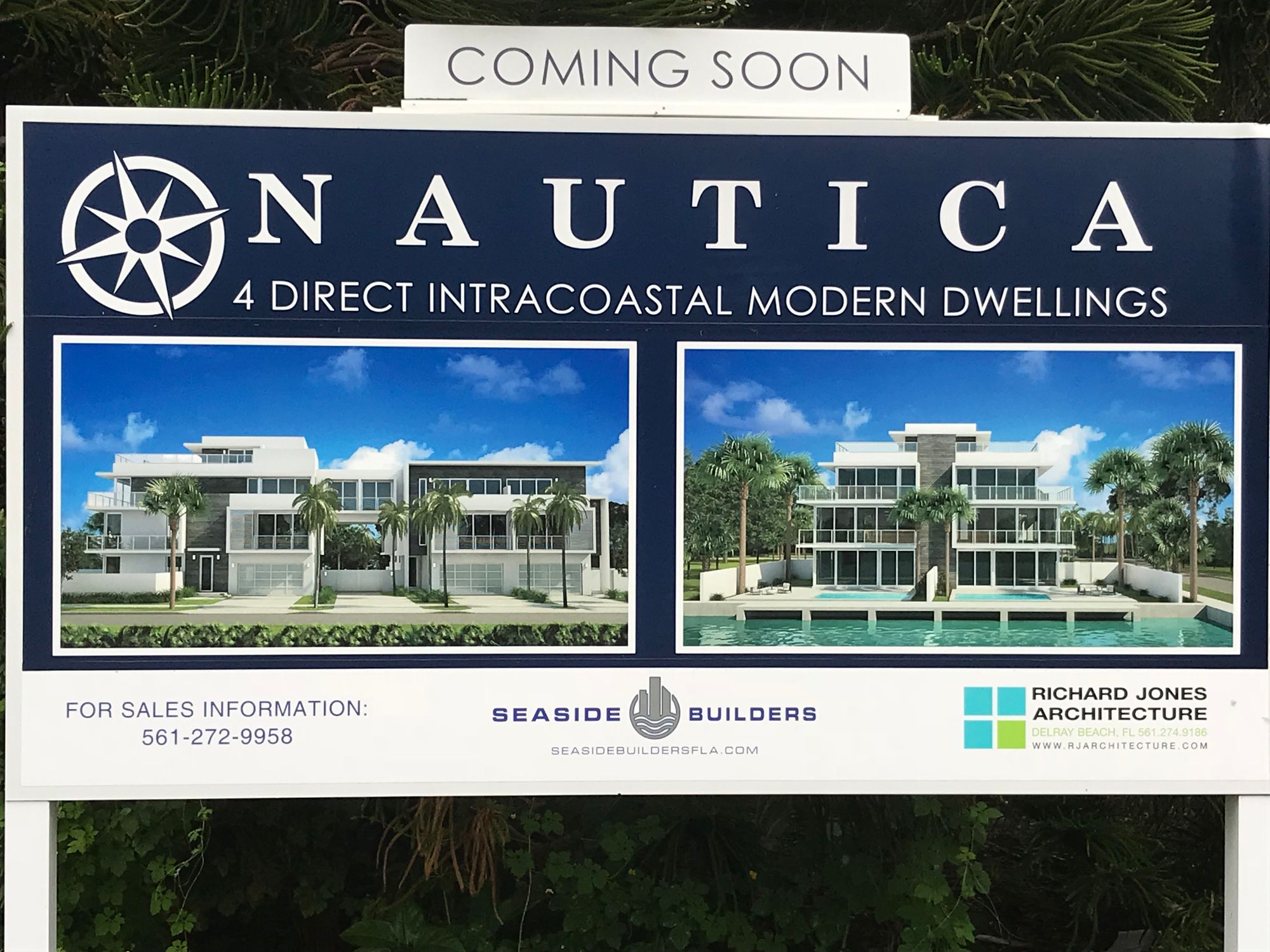
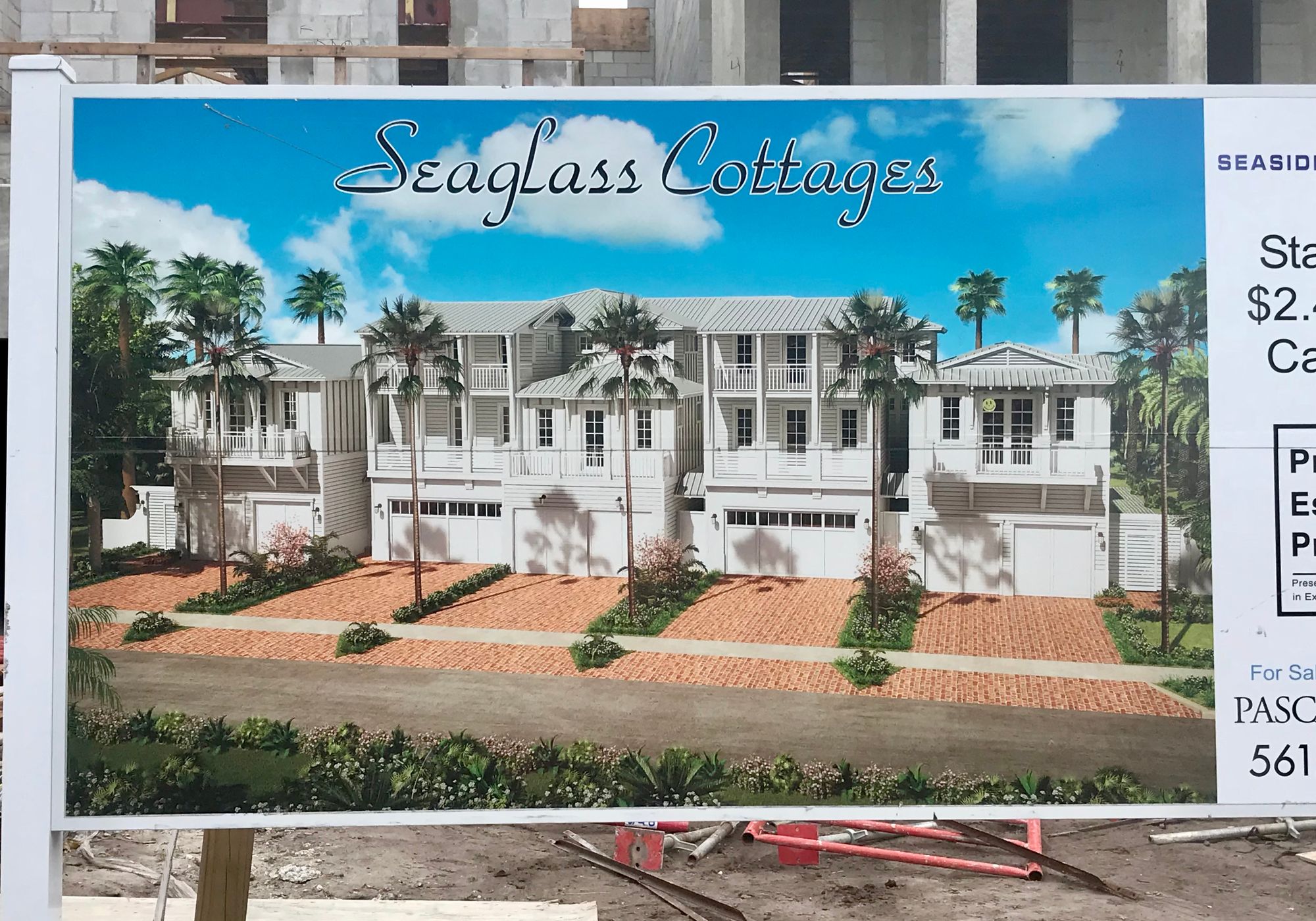
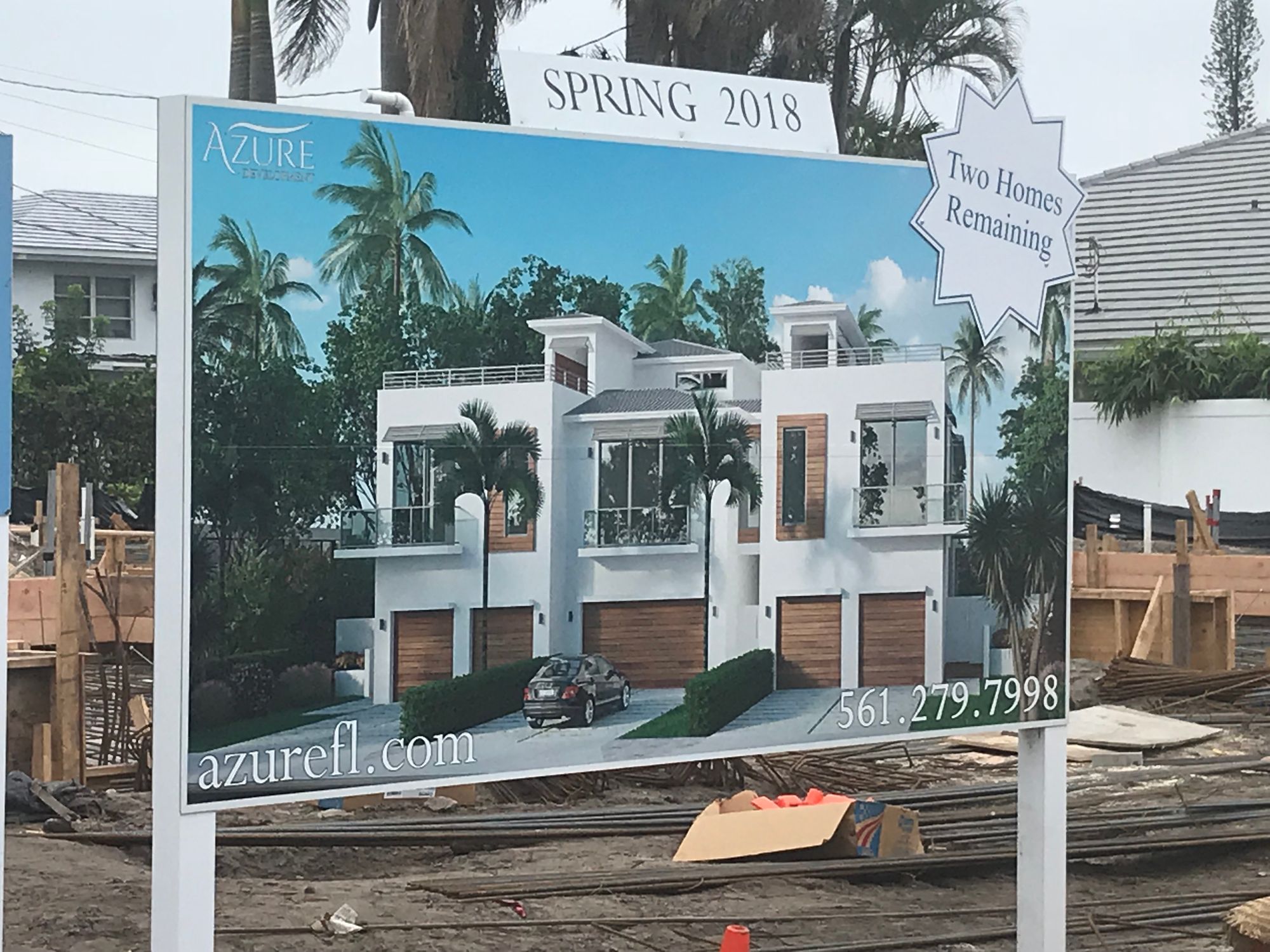
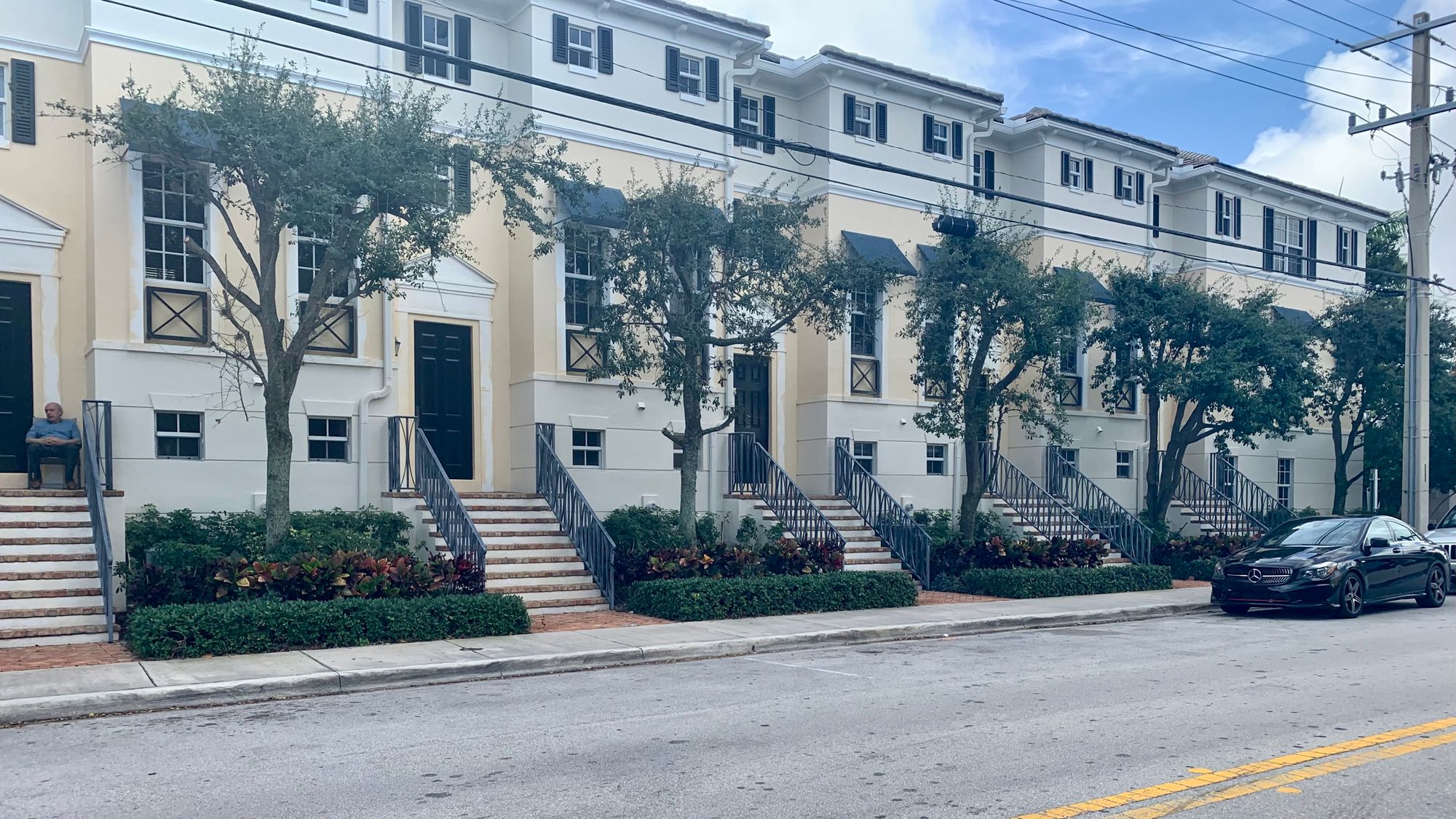
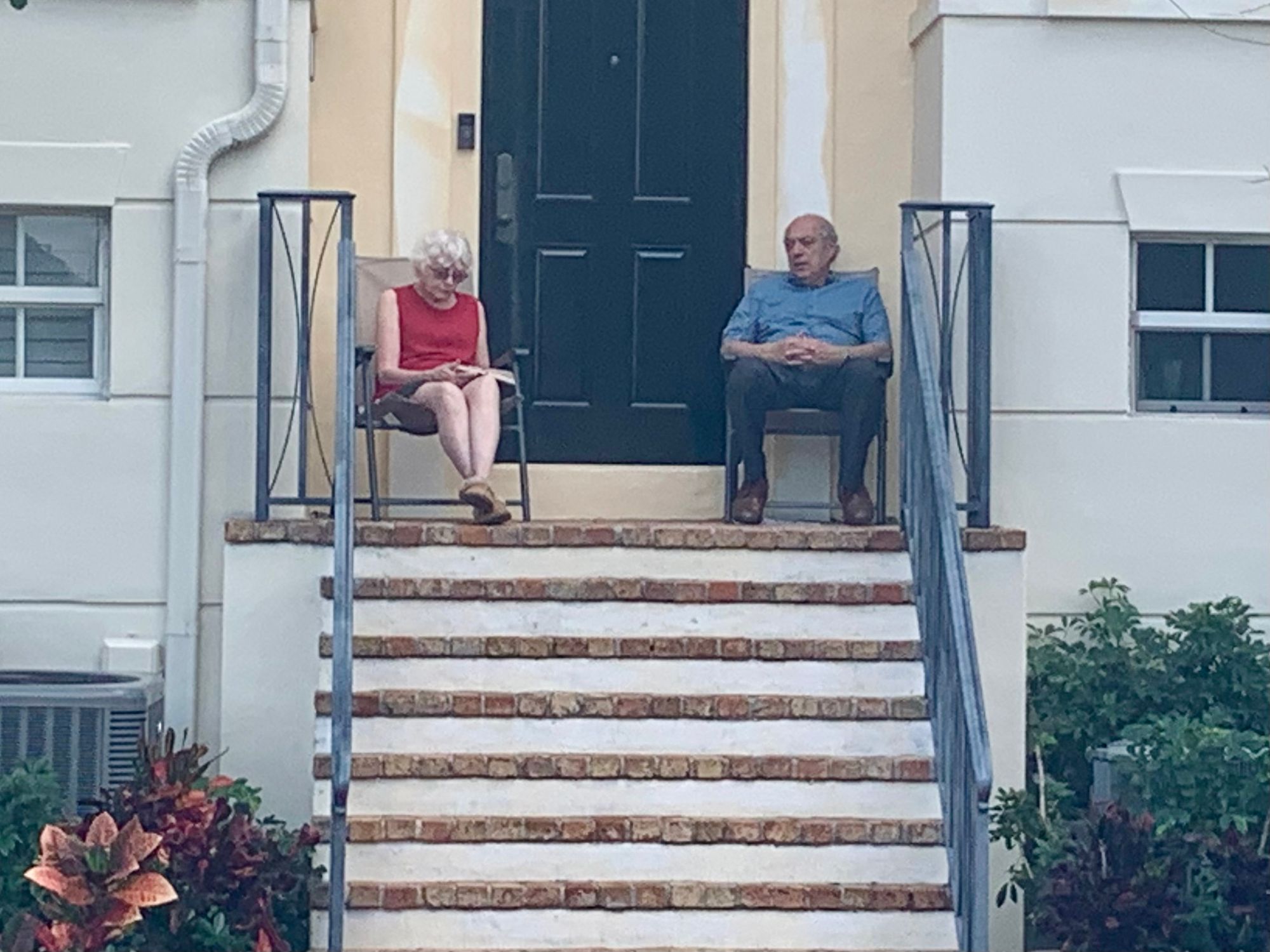
The New Normal...The Front and Back
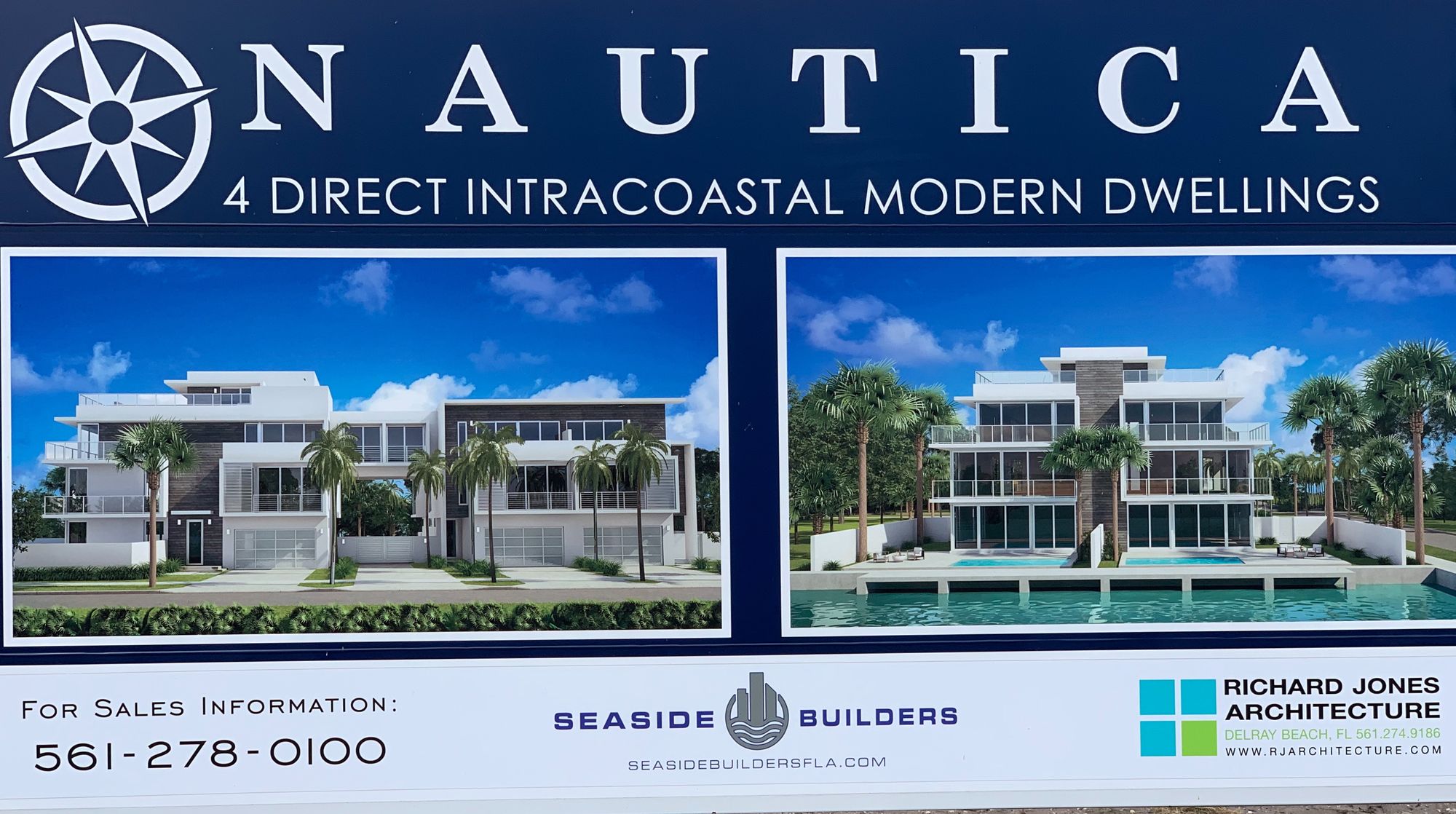
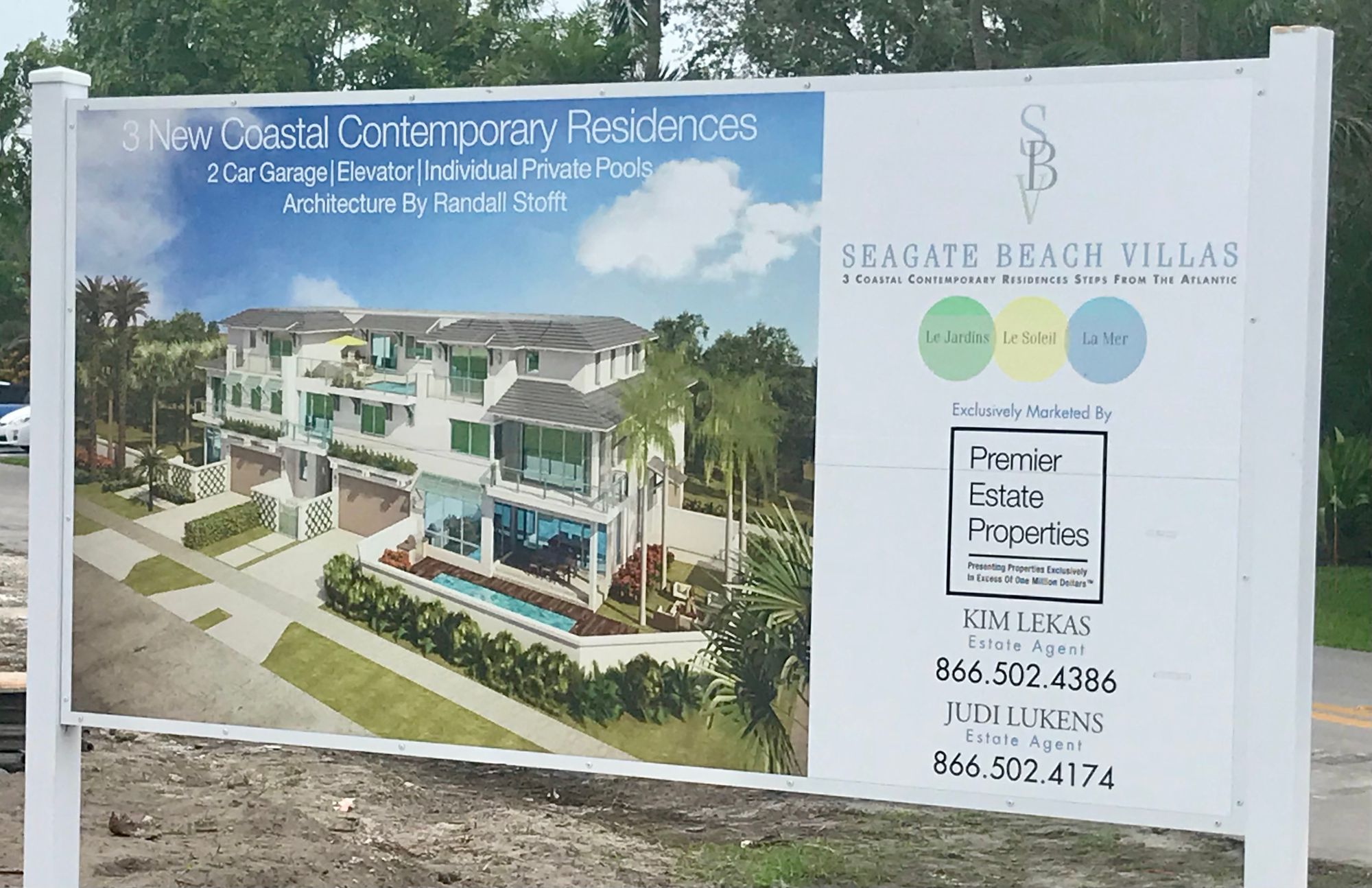
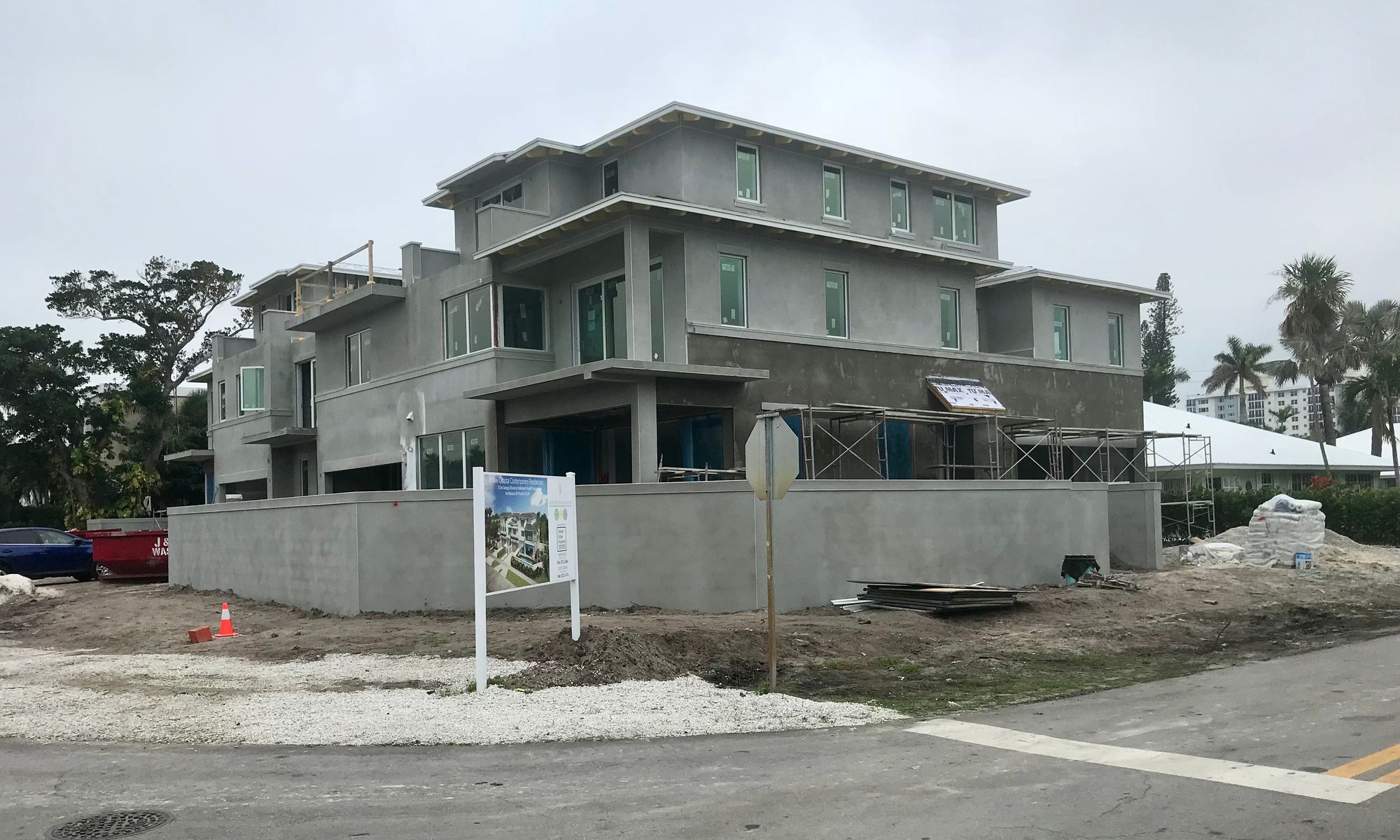
Whole Blocks without a sidewalk or any amenities
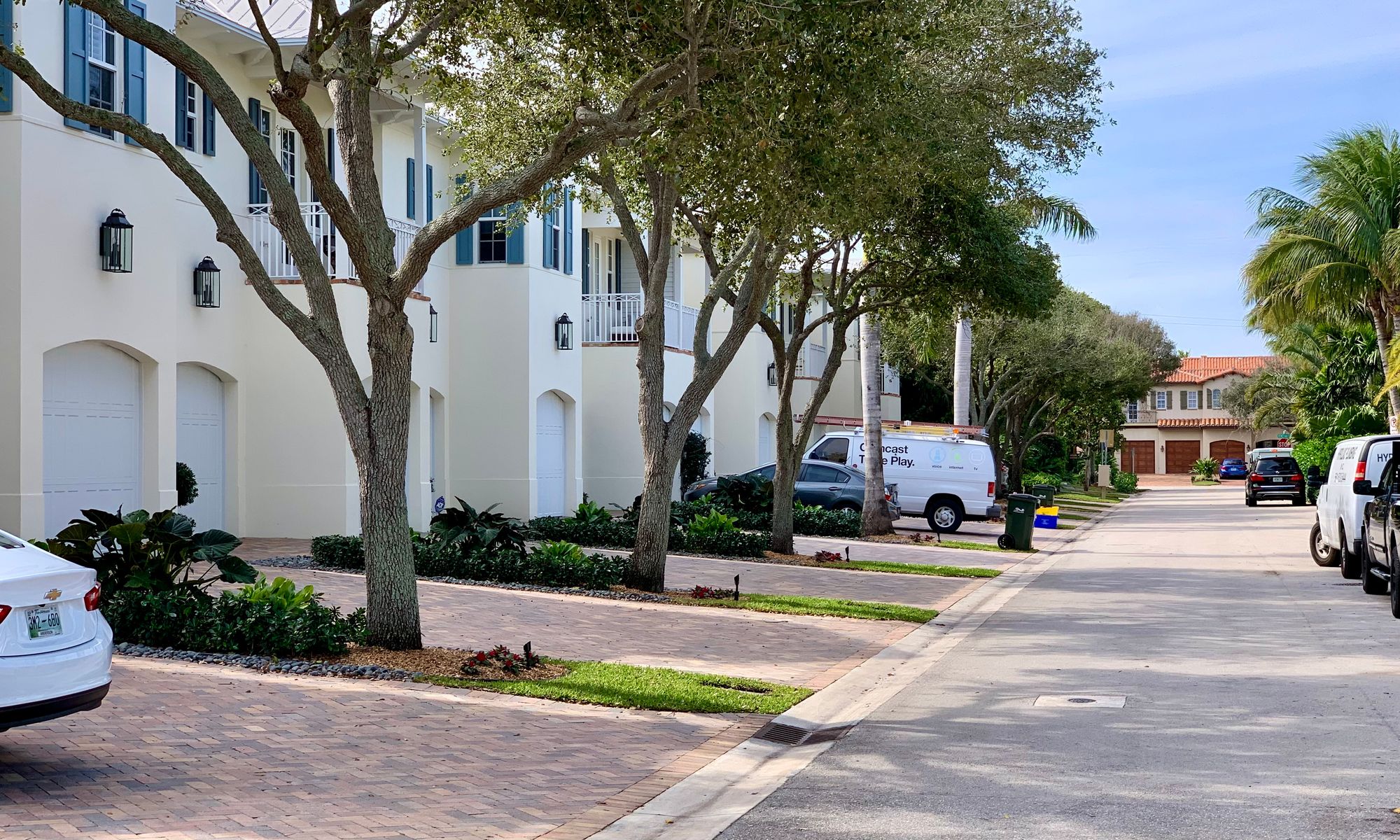
So, first we will declare war on developers who build in a very special community, just by taking away a quality that Delray built its reputation on. It is also beginning to appear on Swinton, Delray's most historic street.
Our Biggest Threat and we are on the wrong track
Delray is "Building a Car Based Future"
With over-designed streets, new mid-rise developments and new hotels that have no place being built here. The vidence is right in front of our noses, if we open our eyes. We are witnessing a pandemic of replacing porches by using garages with no sidewalks as the face to the community. Some blocks are populate entire blocks with only garages replacing what were once vibrant walkable neighborhood streets. Tt adds up to a basic violation of human life in any community. The fact that it is being done here in Delray Beach is even more disgraceful.
Making it Happen Creating a Campaign
We are laser focused on building campaigns, Global and LocaI that can help communities everywhere create their own future that is community led and transformative as we try to push back on a car culture and developers that take but don't add to the existing character of the community they operate in. We are losing the character we cherish at an accelerating rate.
There is so much we love about Delray and our (Kathy's 68 years and 25 for Fred). As we write that we do so with a smaile on our face...
But there is some really bad stuff going on and some areas where there is a gradual attrition nibble quietly but with lasting cumulative effect.
Who we are
Where we have a home in Delray
Back to the Future Where Downtowns work
Chautauqua, woodstock, Hammondsport Scanreatlus? Portsmith, NH
Looking back and using that understanding is helpful, Chatauqua in Western New York State was built in the late 19th Century starting in 1875
Chautauqua: An American Utopia
We were stunned by a visit to Chautauqua last summer. It gave us a renewed interesr inexploring how small town/city life could become a foundation for the future. In Delray we need to look back into the future and bring forward to today lessens from our history.
Carless streets throughout the community built starting in 1875
Porches of all kinds
-
History of housing types in different, mostly historic Neighborhoods
Pocket Neighborhoods
Natural Progression from small streets lined with house that have porches into houses with turn a rounds and drop off some with a few chairs or a shallow porch...then pocket neighborhoods with parking out front...and then generally no sidewalks where garages encompass entire blocks blocks with all garages where whay was once a street for all uses,walking biking playing while sharing the road with vehicles. and no sidewalks and little interest in walking your dog or play outside in the street
Pocket Commercial Atlantic Avenue 2 examples
Click to select up to 9 images Upload
-
Some of the most vital parts of our social lives play out on the streets of our communities. But this is only possible if we have safe and comfortable spaces in which to gather. A fundamental shift is imperative to make this possible, and for communities everywhere to thrive. Shifting the focus from vehicle movement to people and social life is a paradigm that we all need. And one thing we can say for certain is that there is a bright future ahead for communities that make that shift.
Delary Beach could be a poster child by establishing a new strategy where sidewalks and walking/biking could be the priority nibbling back by looking at history and how communities before the domination of a traffic mentality took over.
With our intermittent visits year after year, we see how those cherished qualities are being undermined at an increasing pace. And one could easily see how it is mastacstizing at an increasing rate. It is a basic disease that has affected every community. It is most evident in historic districts where every visit we see new signs of this devastation spreading and sometimes including entire blocks.
So we are serious about our work and believe Delray Beach is a perfect community to advance some really bold, practical and transformative ideas. Plus we have a long history here (Kathy 68 years and Fred 25 years). Our Placemaking Fund which houses both Placemakingx and The Social Life Project are how we work. We do not take our work lightly. Join our effort by enrolling and receiving our posts, and then take action to restore our community and make it a beacon in a sea of mediocrity here in Florida


